Your cat’s daily behaviors reveal far more than you might think. While they might appear aloof and mysterious, every slow blink, gentle headbutt, and playful pounce actually tells a story about how they truly feel about their surroundings. When cats are content and happy in their environment, they display a rich variety of behaviors that clearly demonstrate their comfort and affection for their home space.
Understanding these signals helps create stronger bonds with your feline friend while ensuring their emotional needs are met. The difference between a happy, engaged cat and a bored, restless one often shows up in subtle ways that many pet parents miss. So let’s dive into the fascinating world of feline communication and discover what your cat is really trying to tell you.
They Give You Slow, Deliberate Blinks
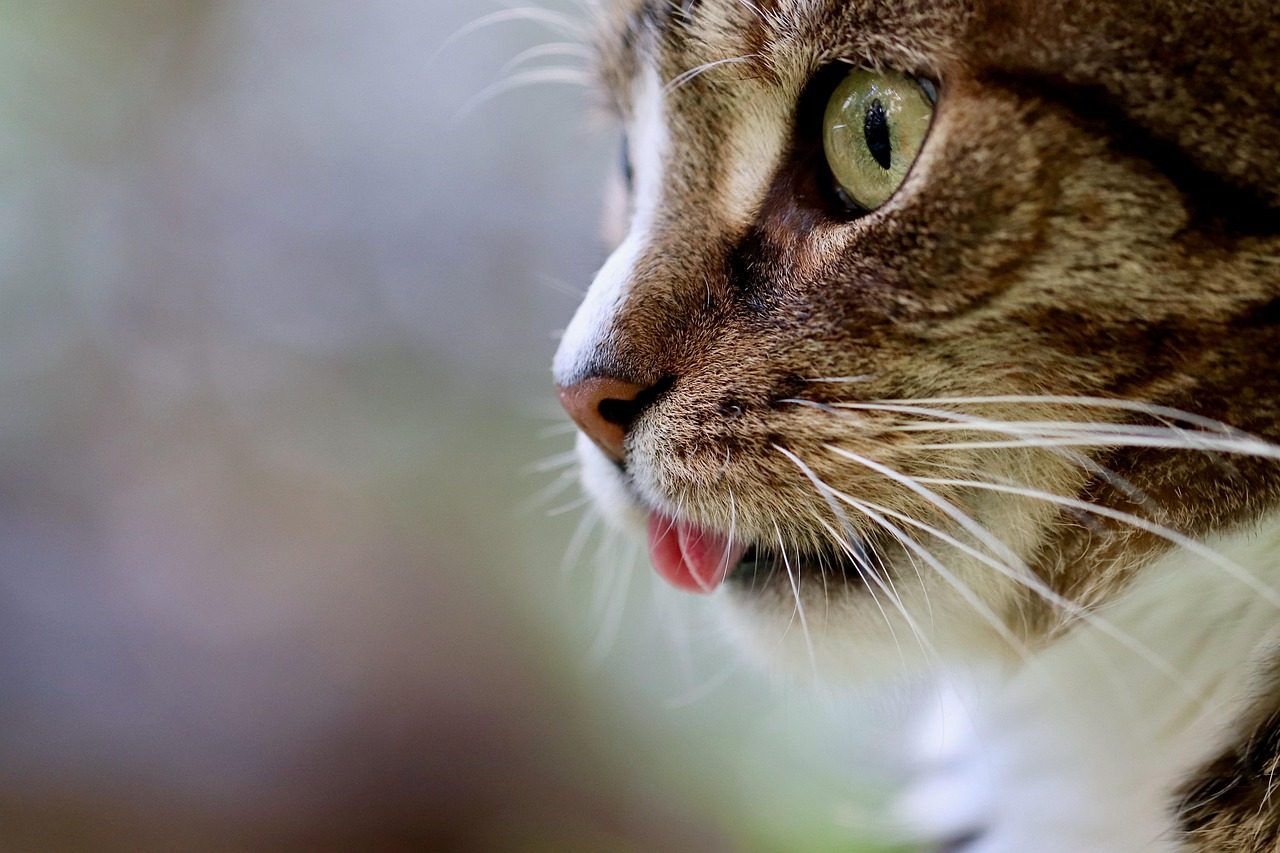
One of the unmistakable and totally endearing signs of kitty bliss is slow blinking. Warm eyes, followed by a slow and unmistakable blink is one of the most heartwarming signs of kitty happiness and love. Sometimes called a “cat kiss,” this subtle but meaningful gesture is a deliberate behavior that your cat makes to show they’re content and calm being with their loved ones.
This behavior demonstrates deep trust and security in their environment. When your cat looks directly at you and slowly closes their eyes, they’re essentially saying they feel completely safe and relaxed in your presence. You can even return this gesture by slowly blinking back at them, creating a moment of mutual understanding and affection.
Your Cat Greets You at the Door
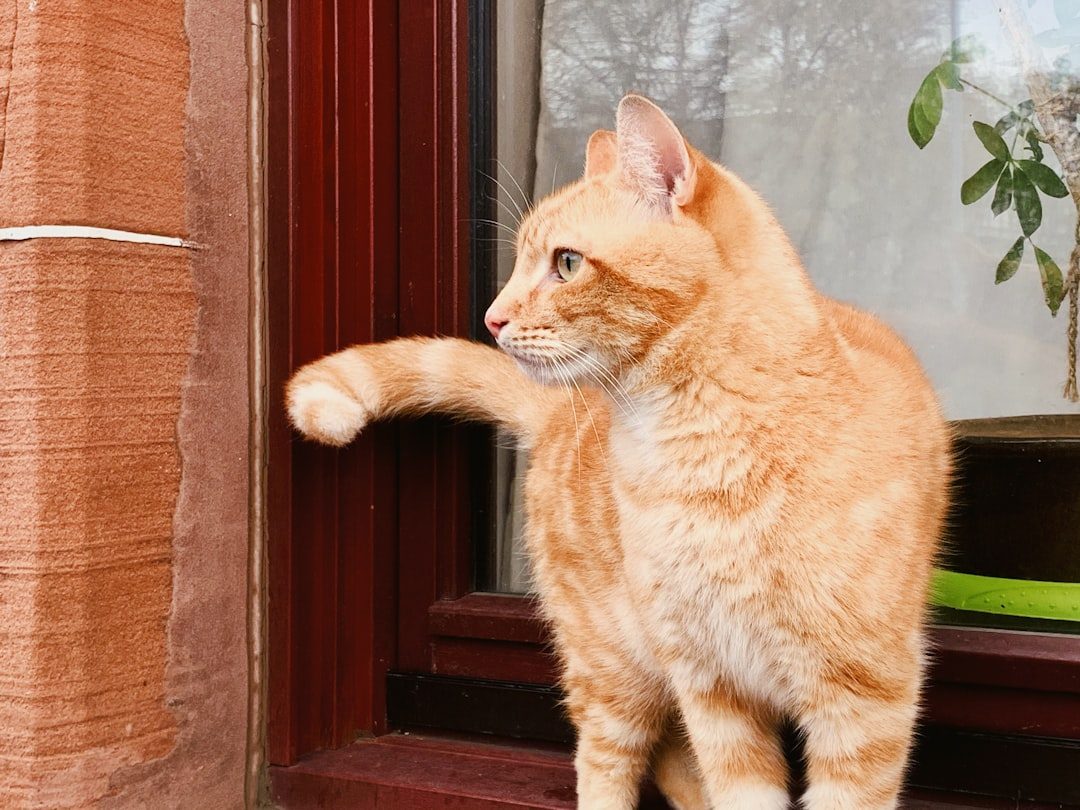
If your cat comes to the door when you get home, lifts her head and meows, or gives you a chirrup to say hello, she is a happy kitty. Your cat has the chance to show their affection every time that you walk through the door. Pets that rush to the front door when it’s opened, with a lot of meowing are trying to say that they’re happy to see you.
This enthusiastic welcome shows your cat associates home with positive experiences and genuinely enjoys your company. The fact that they interrupt whatever they were doing to acknowledge your arrival demonstrates how much they value your presence in their safe space.
They Knead You or Their Favorite Spots
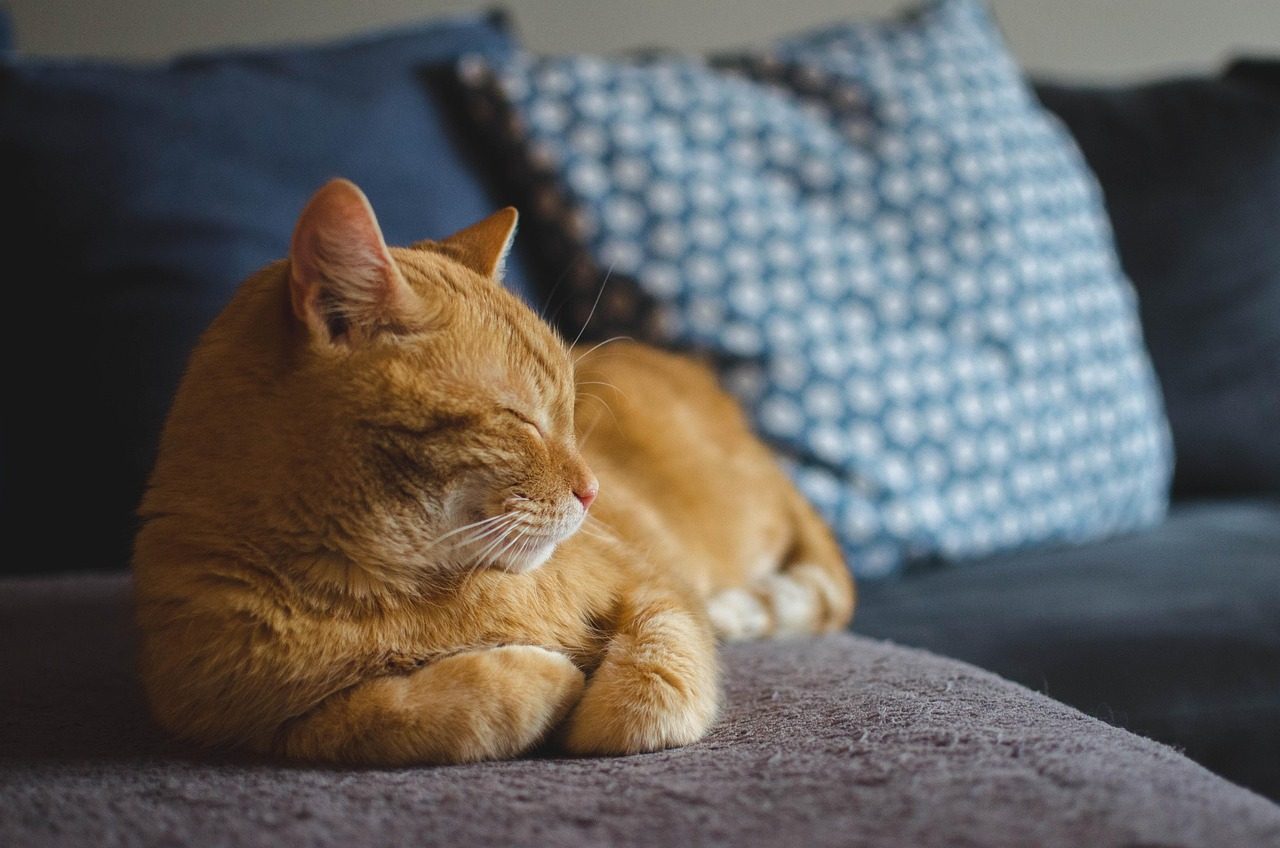
When a cat kneads you or their bedding (often referred to as ‘making biscuits’), this is a sure sign they are feeling happy and relaxed. It’s just a leftover instinctual thing that they do when they feel super happy and super connected. So if your cat makes biscuits when they’re near you, that is a sign of love and connection.
This rhythmic pressing motion with their paws recreates the comfort they felt as kittens nursing from their mother. When they knead their favorite blanket, your lap, or specific areas of your home, they’re marking these spots as sources of ultimate comfort and security.
Purring While Relaxing Near You
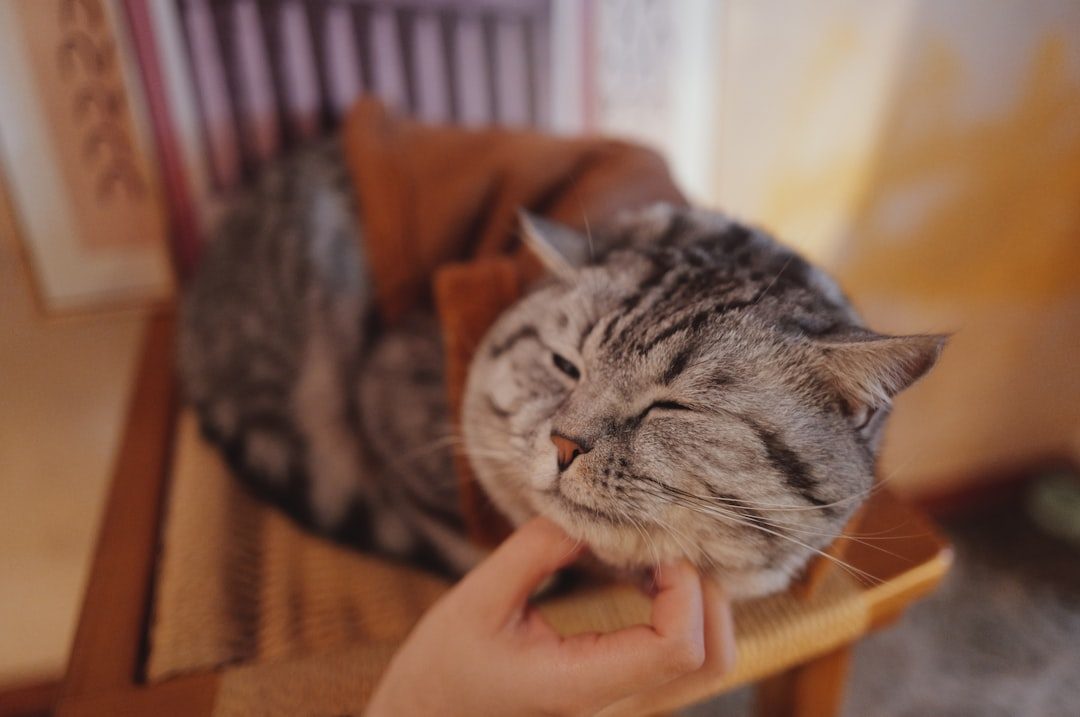
Purring is one of the signs that most people recognize as a sign of a happy cat. For the most part, if a cat is purring, you can be assured that they are happy. But if your cat is curled up next to you and seems relaxed, and their motor starts, you know for sure that your cat is content.
If your cat seems otherwise content and is letting the purrs roar, you can assume they’re happy. If your feline friend is lazing in the sun, letting out deep purrs, that’s them sharing their joy. The gentle vibration of contentment shows they feel completely at ease in their surroundings.
Rolling on the Ground When You Come Home
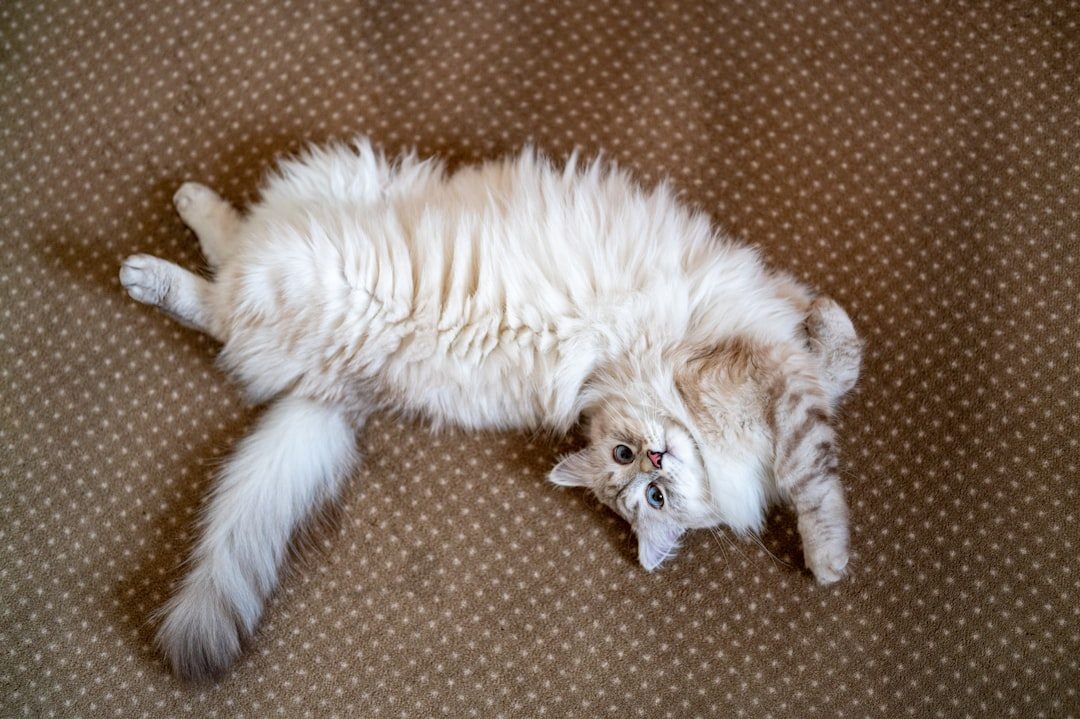
Some cats roll around on the ground excitedly around their favorite people. It often happens when loved human companions first come home after being away. Cats are often protective of their vulnerable bellies, so anecdotally, it’s a major sign of trust and affection when a cat is so happy to see you that they roll around and invite you to pet their tummy.
“The social roll” is when a cat gets in front of you, puts her head down (often on your feet or shoes) and rolls over, exposing their stomach. Cats do this roll out of affection and happiness to see you. This vulnerable position shows complete trust in their home environment.
Head Bumping and Face Rubbing
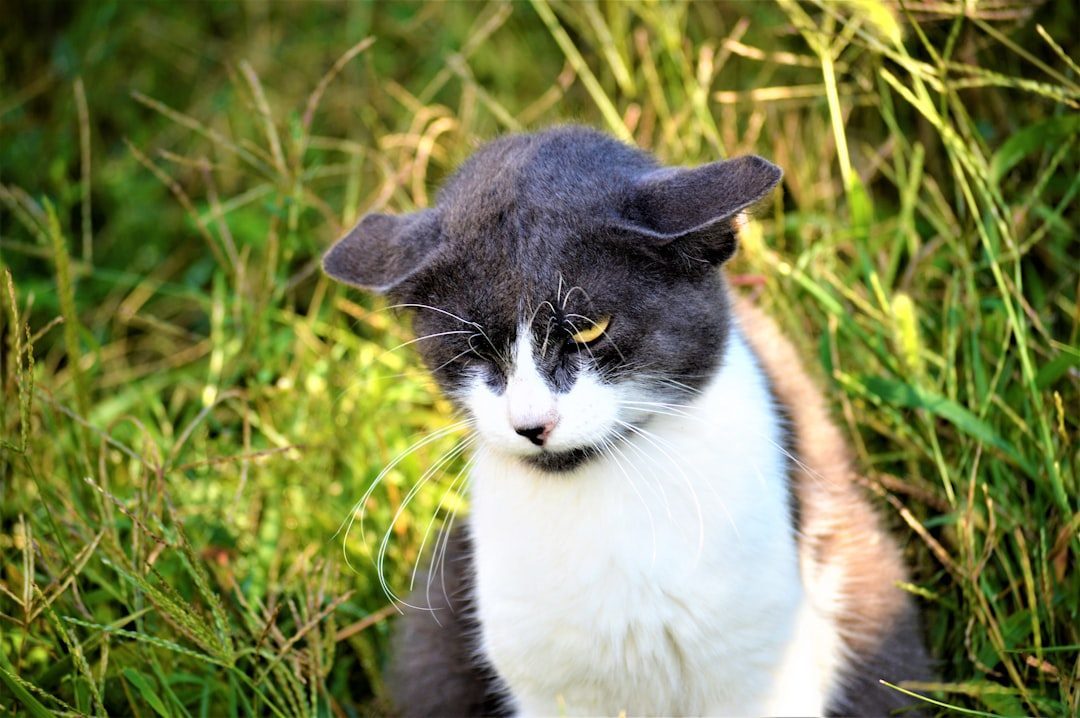
If your cat frequently “headbutts” you or gently rubs their head against you, consider it a sign of affection – and a happy cat! If a cat comes up and rubs its face or body on you, that’s a sign of love and connection. It’s called bunting, and essentially, it’s how the cat marks you as “theirs.”
This behavior involves scent marking, where they transfer their personal scent onto you and your belongings. They’re essentially claiming their territory and expressing ownership of their beloved home space. It’s their way of saying both you and your shared environment belong to their inner circle of comfort.
Using Their Litter Box Consistently
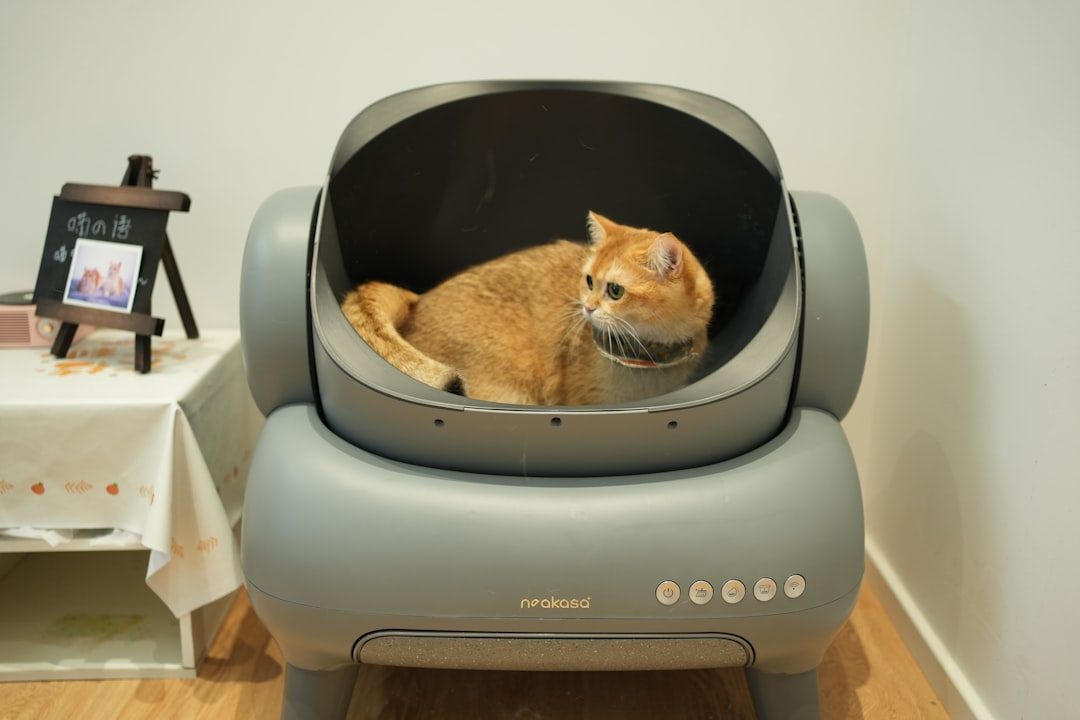
Happy cats use the litter pan as expected. Cats can show stress by urinating or defecating in places they aren’t supposed to, so a cat that isn’t using the litter box often or at all either has a medical issue or is trying to communicate that they are under stress.
Litter box behavior often mirrors your cat’s mood. When cats are happy and healthy, they tend to use the litter box correctly. A cat who consistently uses their designated bathroom area feels secure and comfortable in their home environment, viewing it as a safe space worth maintaining.
They Seek Out Your Company
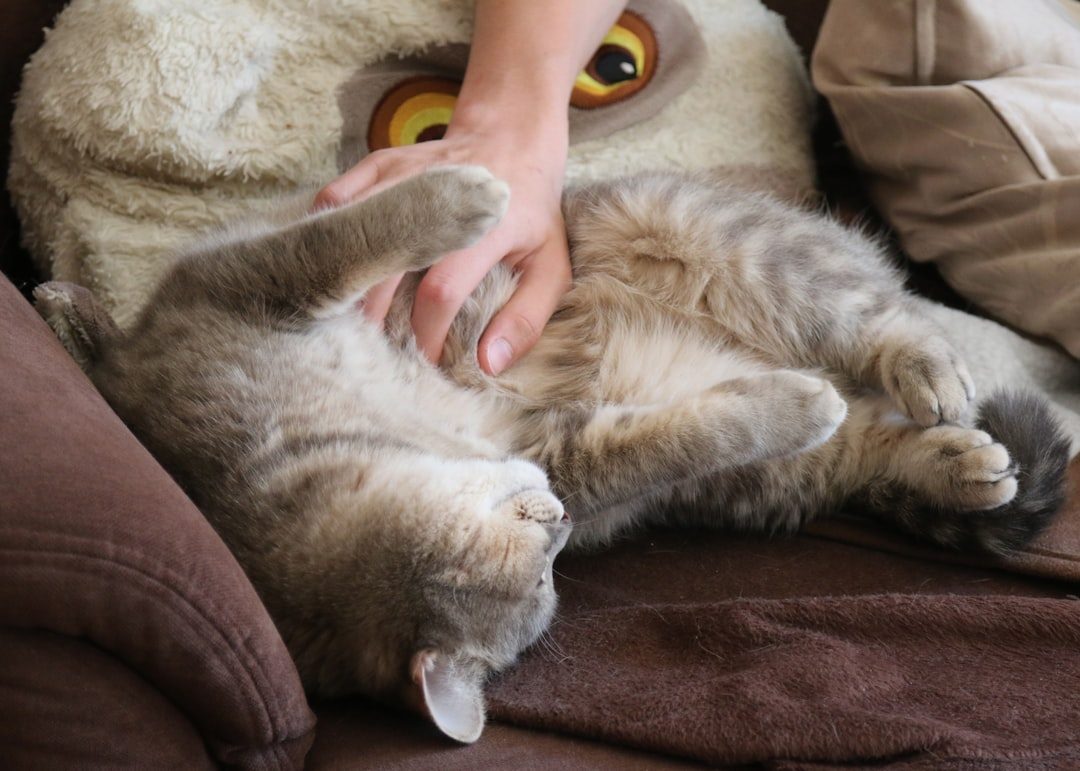
In general, a happy cat will initiate interactions. Cats are known for their independent nature, but happy cats often seek out social interaction with their human family members, and may rub against your legs, purr when petted, or curl up next to you for companionship.
You’ll know your cat is happy if they show affection to you and want to interact with you. A content kitty loves scritches, snuggles, head boops, and lap sits. In general, though, a happy cat shows it by being close to their human. This desire for proximity indicates they genuinely enjoy sharing their space with you.
Confident Body Language and Tail Position
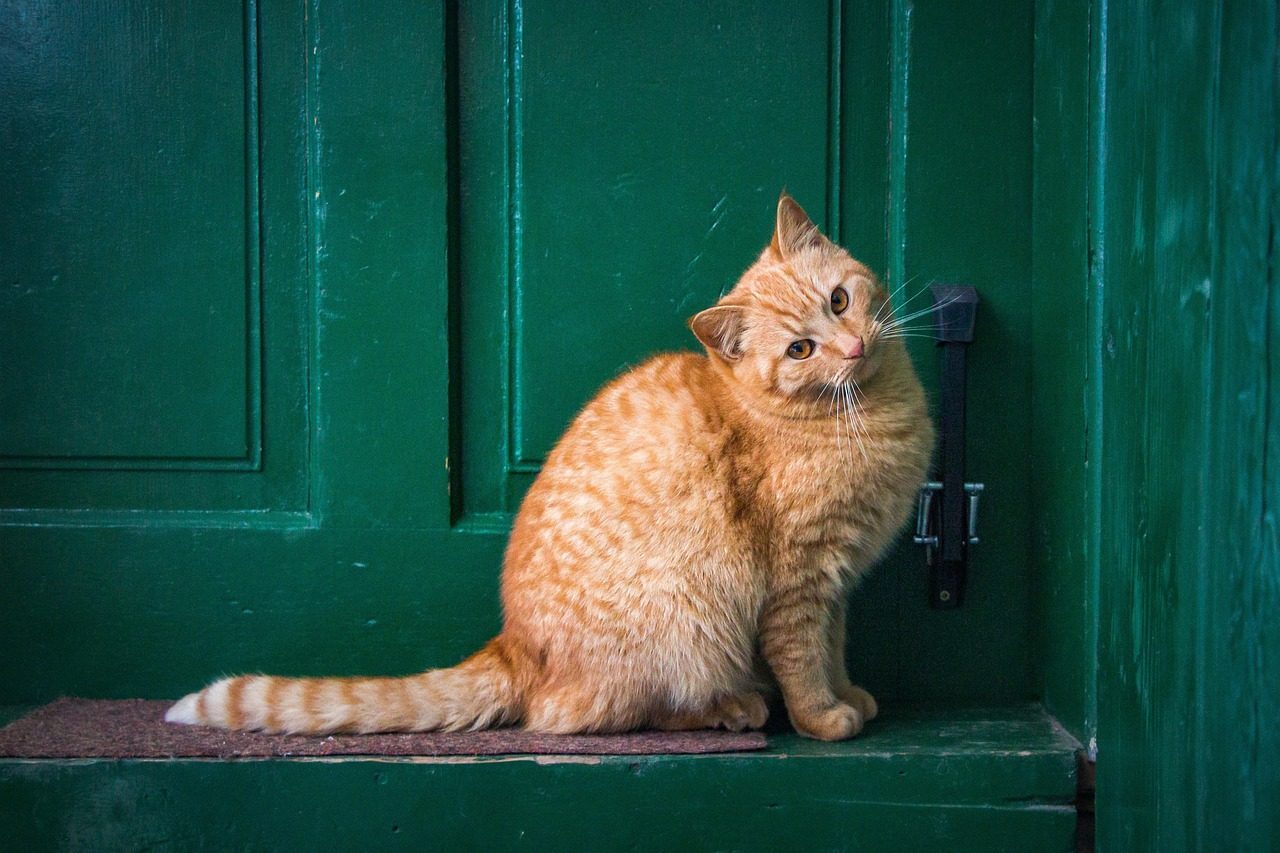
Happy cats appear confident and relaxed, often walking with their tails held high and their ears relaxed when feeling comfortable and at home. If your cat greets you at the door with their tail held high and the tip slightly bent, it’s a sign of them being pleased to see you! Kittens often assume this posture with their mothers, so it shows your cat thinks of you as a loving, protective presence they’re happy to have around.
A cat with upright posture, forward-facing ears, and an elevated tail displays the confidence that comes from feeling secure in their environment. This body language signals they view their home as a safe haven where they can move freely without fear or anxiety.
Active Play Behavior
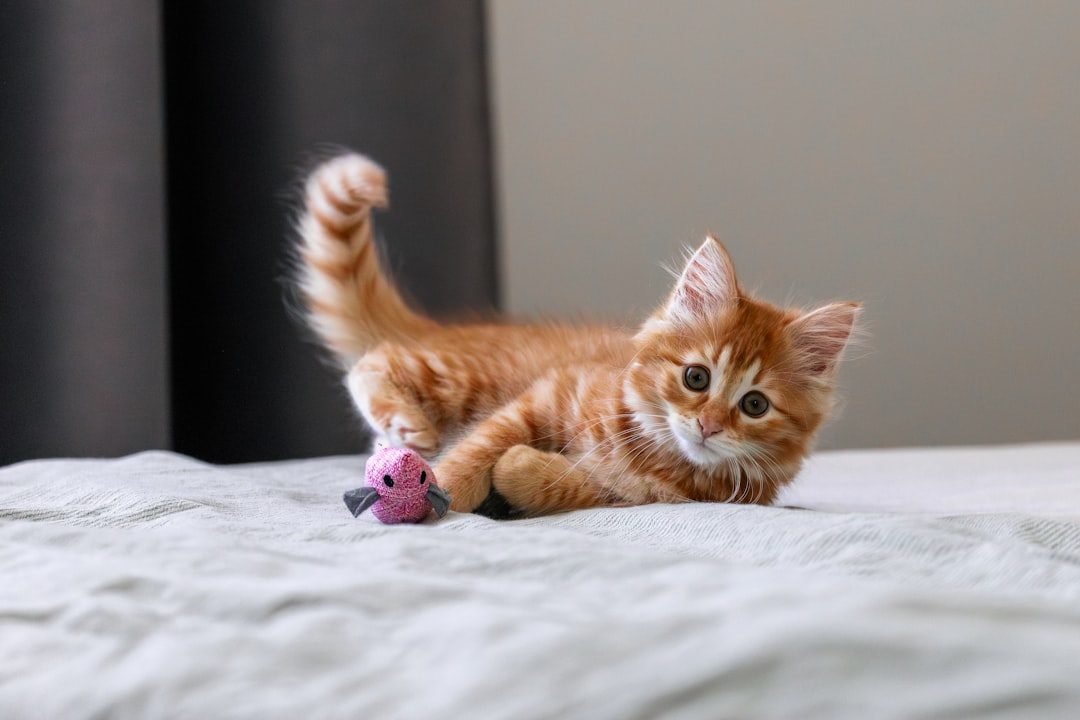
Happy cats also like to play, especially younger cats. Often this play may be solo, such as attacking a hanging feather or chasing a toy mouse down the hall, but other times it may include human family members. Happy cats will play with their toys and with other people and cats. Stressed cats tend to hide, avoid interaction, and ignore or refuse to play.
Playfulness indicates your cat feels energetic and mentally stimulated in their environment. When they engage with toys, chase imaginary prey, or invite you to participate in games, they’re demonstrating that home feels like a place where they can express their natural instincts safely and joyfully.
Excessive Meowing or Vocalization
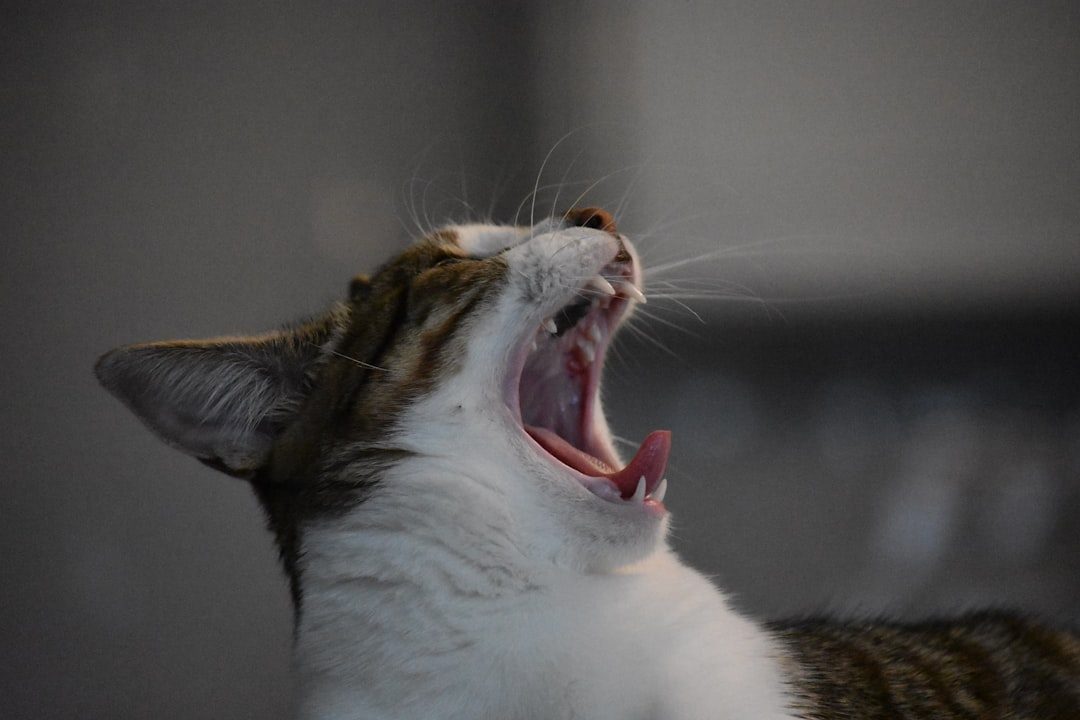
Bored cats are sometimes more vocal, meowing excessively or howling. Again, this is a cry for attention. Excessive vocalization is their way of communicating their needs and interacting. If your cat is bored, they might vocalize more than usual. Cats do not meow to communicate with each other.
When cats constantly meow, especially at unusual times, they’re often trying to get your attention because they lack sufficient mental stimulation. This behavior typically increases when they have nothing interesting to occupy their minds and are seeking engagement from their human companions.
Destructive Scratching and Chewing

Cats, when bored, may engage in destructive behaviors such as scratching furniture, shredding curtains, or chewing on household items. Destructive behavior can be a cry for attention. If your cat is shredding your curtains or destroying your furniture, it’s not out of spite! A cat bored of inactivity may start engaging in destructive behaviors as a form of stimulation. Remember, she’s using this behavior to try and communicate with you.
This isn’t malicious behavior but rather your cat’s attempt to create their own entertainment when their environment lacks adequate stimulation. They need outlets for their natural scratching and hunting instincts, and without proper alternatives, they’ll turn to whatever’s available.
Excessive Grooming or Loss of Interest in Grooming
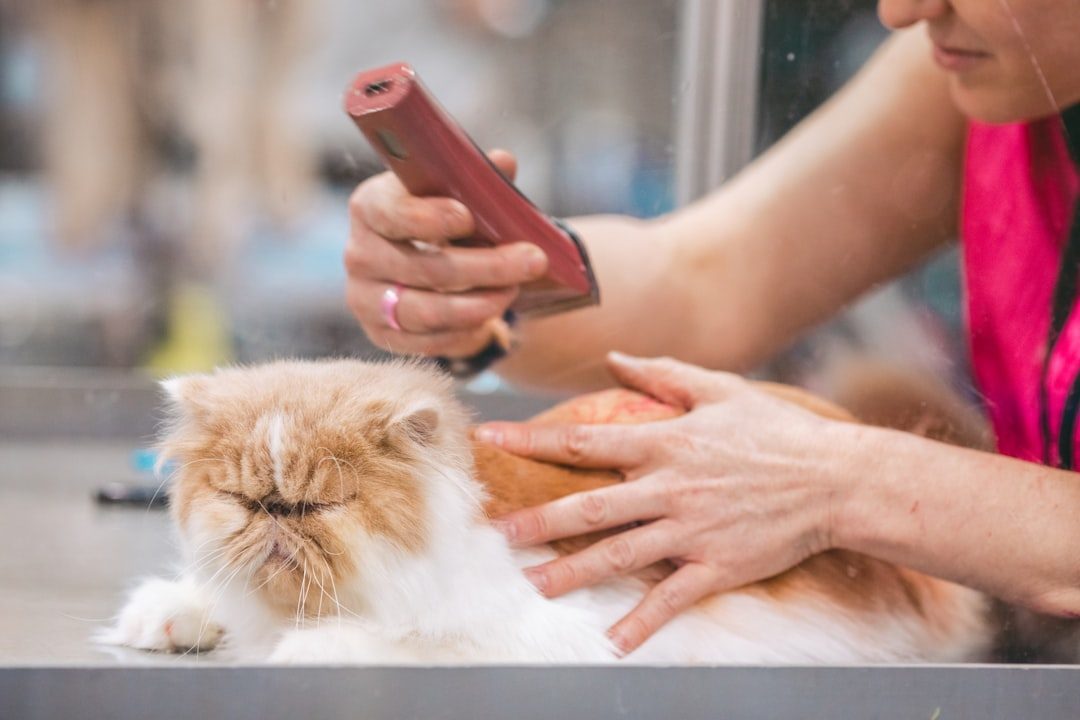
Bored cats may constantly lick and clean themselves to the point of creating bald patches or skin irritation. Cats often resort to this excessive grooming in order to self-soothe when they are understimulated. Mild stress is often indicated by lip licking, suddenly grooming small areas, or twitching back muscles. Higher levels of stress that push cats over their anxiety thresholds often result in house soiling, overgrooming, and/or increases in conflicts with human caregivers and other cats.
Overgrooming becomes a repetitive, soothing activity when cats lack other forms of mental engagement. Conversely, some bored cats might stop grooming altogether, showing decreased interest in their personal hygiene as a sign of depression or listlessness.
Changes in Eating Habits
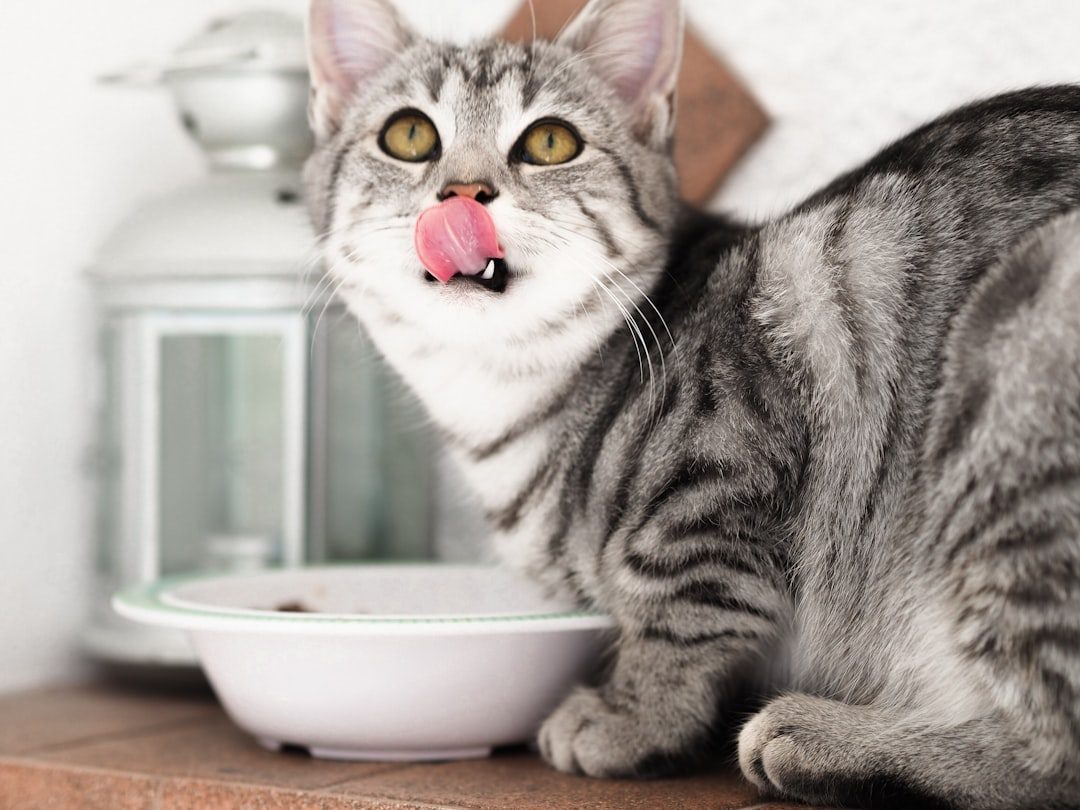
Just like humans, cats can be emotional eaters, too, overeating to cope with their feelings of boredom. While you could restrict food access, this isn’t necessarily the best solution. Fluffy may overeat if she has nothing else to do. This is rather like the kitty equivalent of someone mindlessly munching through a bag of chips or a box of cookies without really thinking much about it. That can of course lead to obesity. Some cats go in the other direction, and stop eating, which can also cause medical issues.
Food becomes entertainment when cats lack other forms of stimulation. They might graze constantly out of boredom rather than genuine hunger, or they might lose interest in eating altogether as a sign of depression and disengagement from their environment.
Excessive Sleeping or Lethargy
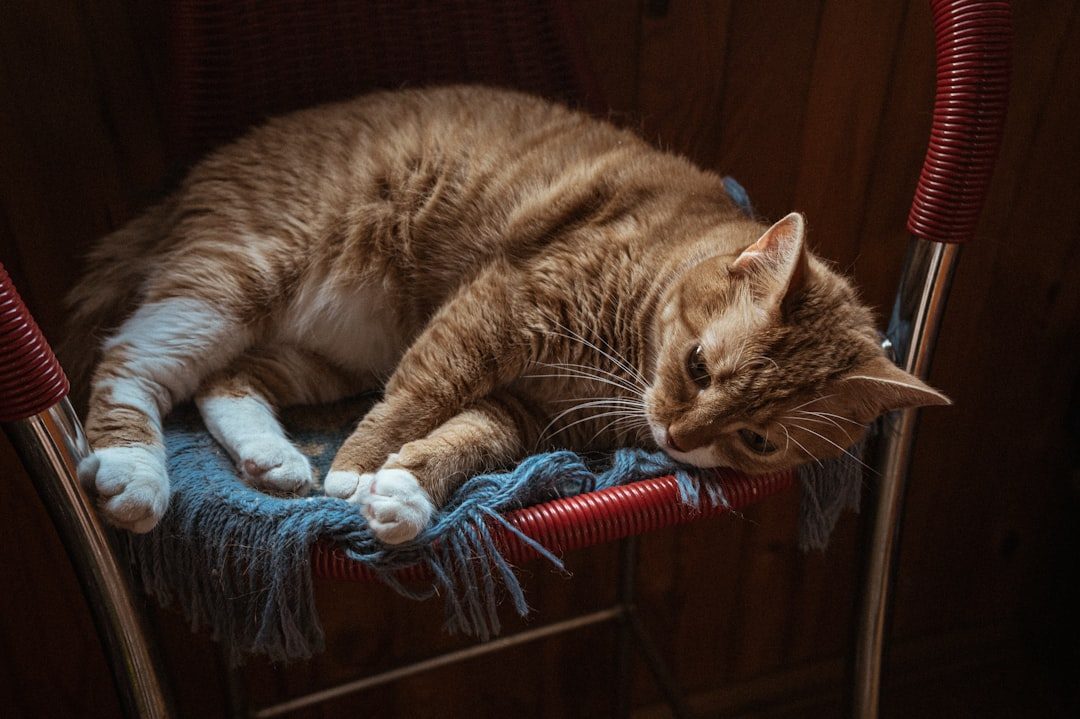
While it’s normal for cats to sleep for extended periods, excessive sleep can be a sign of boredom. Cats sleep to pass the time when they lack stimulation. Most adult felines typically sleep 12 to 16 hours a day. Senior cats or kittens might doze a bit longer, often nearing 18 hours. If daily slumber consistently exceeds 18 hours, or if there’s lethargy, appetite decline, or disinterest in interaction, a health concern or mental factor like boredom could be involved.
Though cats naturally sleep many hours per day, bored cats often sleep even more as a way to escape their unstimulating environment. They might seem lethargic during their typical active periods or show little interest in activities that once excited them.
Conclusion
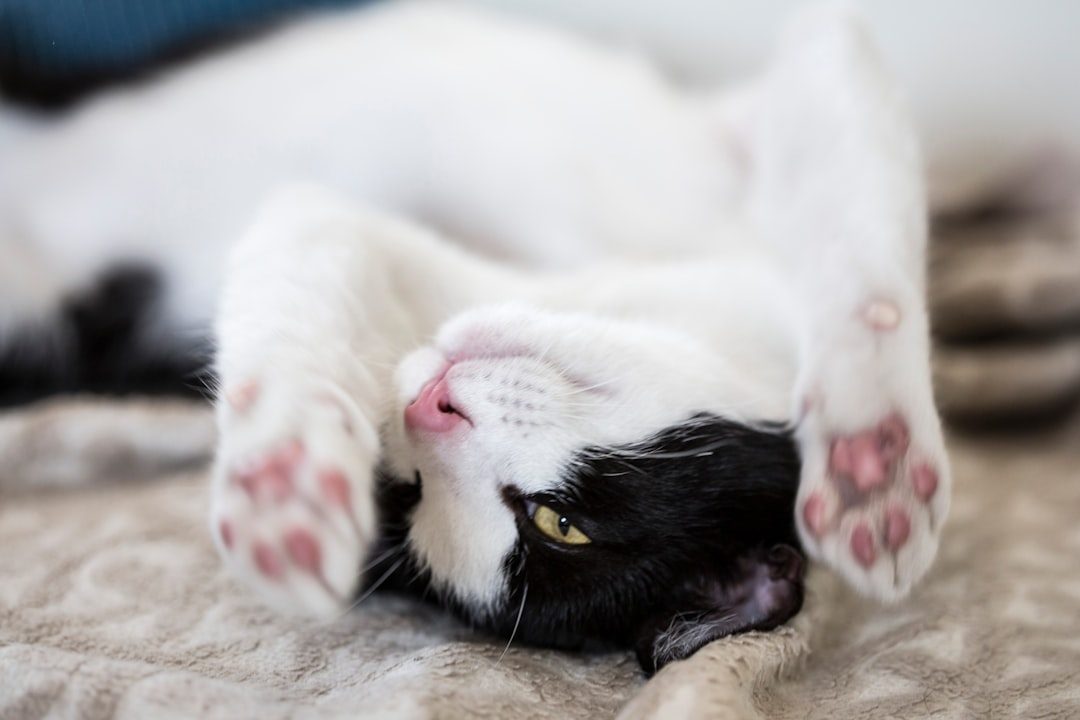
Reading your cat’s emotional state through their behavior creates a deeper understanding of their needs and strengthens your bond together. A truly happy cat displays confidence, seeks interaction, and engages actively with their environment, while a bored cat often develops problematic behaviors as cries for attention and stimulation.
The key lies in recognizing these signals early and responding appropriately. Whether it’s providing more interactive play sessions, rotating toys regularly, or simply spending quality time together, small changes can transform a restless, bored cat into a content, thriving companion. What behaviors have you noticed in your own feline friend that surprised you?





